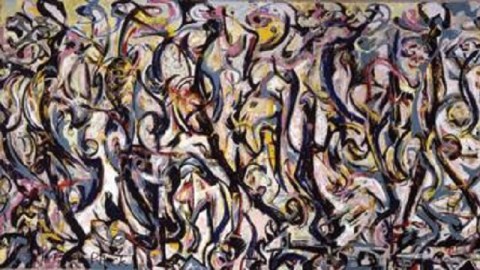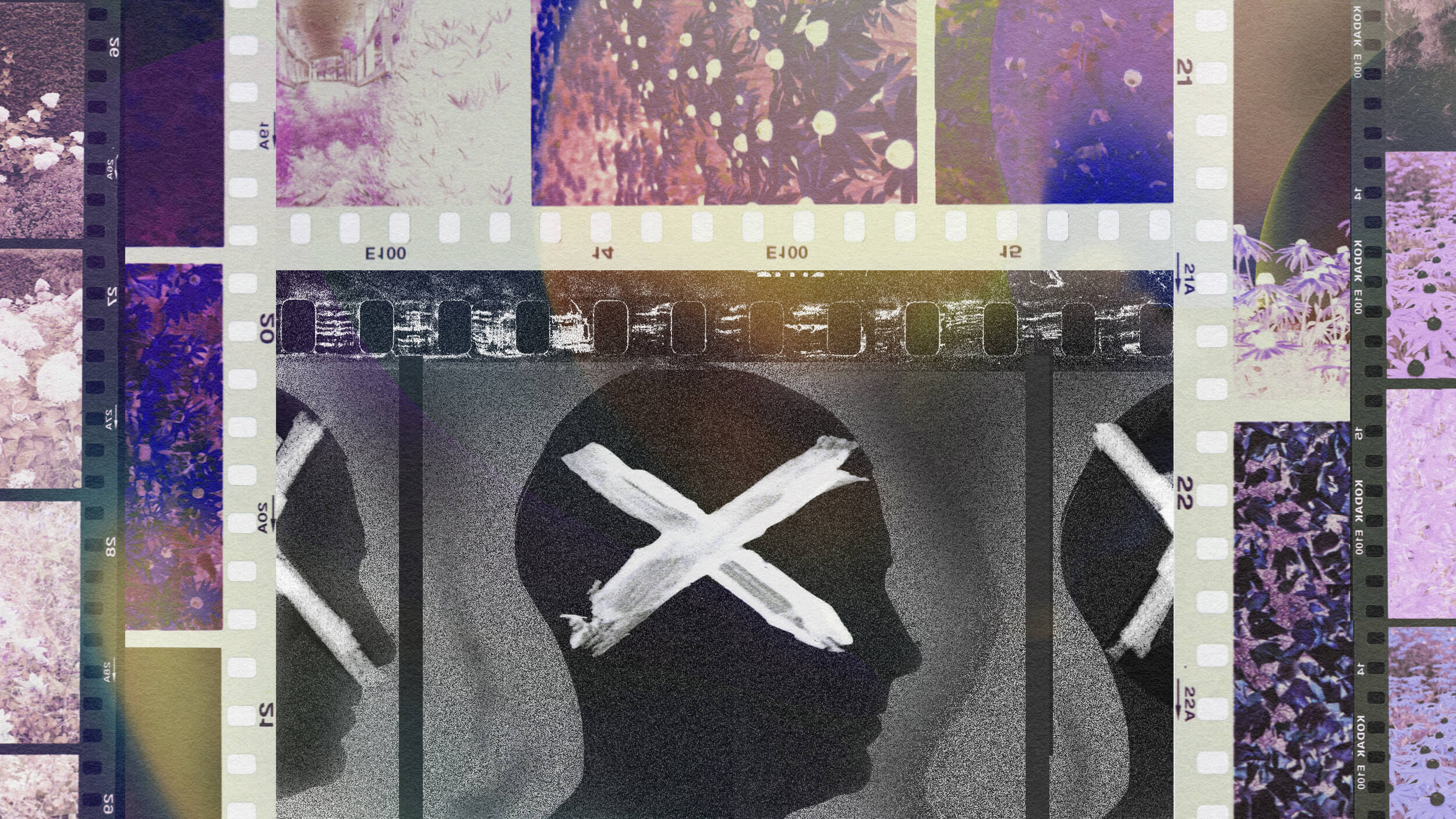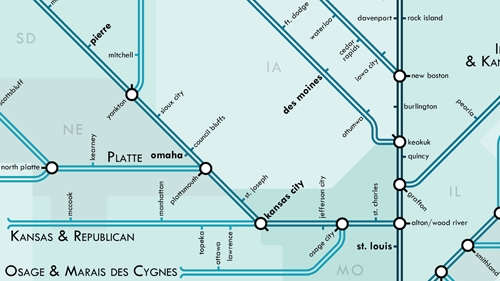Thinking Long Term: To Sell, or Not to Sell, a Masterpiece

“In the long run, we’re all dead,” John Maynard Keynes once said in defense of his brand of economics featuring an array of short-term solutions. It seems like the state legislature of Iowa feels the same way. Faced with a budgetary shortfall, the Iowa House is considering forcing the University of Iowa to sellJackson Pollock’s Mural (detail shown above), a painting in their collection estimated to be worth $140 million USD. “That would be like selling your grandmother,” claims Sean O’Harrow, director of the University of Iowa Museum of Art. Lawmakers suggest that such a sale now could help pay for scholarships in the future. But are they really thinking long term in suggesting this short-term solution? Or are they selling away future generations’ enjoyment of their cultural heritage in a moment of panic?
Iowa State Rep. Scott Raecker (R) proposed House Study Bill 84, which would compel the University of Iowa to sell Mural. “If the core function of the university is to educate students,” Raecker argues, “this [sale] could provide a $5 million a year endowment. It could let 750 to 1,000 students get a full-ride scholarship every year.” Iowa State Rep. Bob Dvorsky (D), however, counters that “[t]here is a need for more scholarships, but this seems to be a cynical poke in the eye for UI.” The museum also has to worry about losing their accreditation if the sale happens, as the Association of Art Museum Directors in New York City has threatened. “Museums should not sell paintings to fund their institutions,” Christine Anangos, deputy director of the Association of Art Museum Directors, told The Daily Iowan. “We don’t feel anyone should treat collections as assets.” Unfortunately, the museum may have no say in the matter if the legislation goes through.
It’s interesting to see how this incident in Iowa continues the culture wars usually fought in liberal bastions such as New York City or Washington, DC, where the big questions of what is art and what isn’t are fought. Nobody’s disputing whether Mural is art, of course, but the dispute over the value of the piece—whether it should be valued as a financial asset or a cultural treasure—simply spins the same old tale in a new way. Raecker’s goal of more scholarships is, of course, noble, but is selling the Pollock really the only way to achieve that goal? Or is Raecker making a larger statement about art’s place in society, or lack thereof?
You may ask how a Pollock found its way to Iowa. As the museum’s website explains, “In the 1940s, the UI School of Art and Art History was called ‘Greenwich Village West’—given the status of former faculty such as Philip Guston, as well as the school’s growing reputation as a notable laboratory for creative experimentation and innovation. Peggy Guggenheim, the leading dealer of Modern Art in New York at the time, recognized the significance of the UI studio art program, when she gave Mural to the University.” Midwesterners today denounce East and West Coasters for calling their part of America “flyover country,” but clearly the cosmopolitan Ms. Guggenheim saw enough value in the University of Iowa’s program to give it one of the most important works in her collection to them. Why can’t Iowans today see the same value in that program and its collection and work to keep it intact in this time of financial uncertainty?
In the long run, we’re all dead, right? But art lives on. Perhaps some museum would purchase the Pollock and display it for the public and nothing would be lost? Or perhaps some individual might outbid the museums (most of whom are also facing a financial crunch) and the work would be lost to the public’s view? There’s no guarantee that the museum can even get the full $140 million estimate in today’s market. But even if they can, what is the real cost to the museum? I’m hoping that the Pollock stays where it is. There are more than enough Pollocks in New York City and other big-city museums. Let the people of Iowa and the Midwest view and take pride in the genius in their midst. Pollock studied under Thomas Hart Benton, who helped found the regionalist movement in America in the mid-twentieth century, so he fully appreciated the people of the heartland. Pollock called Mural “a stampede… [of] every animal in the American West, cows and horses and antelopes and buffaloes. Everything is charging across that goddamn surface.” Let’s hope that Mural stays where it is and doesn’t trigger a stampede of timeless art treasures sold in the name of solving temporary problems.





